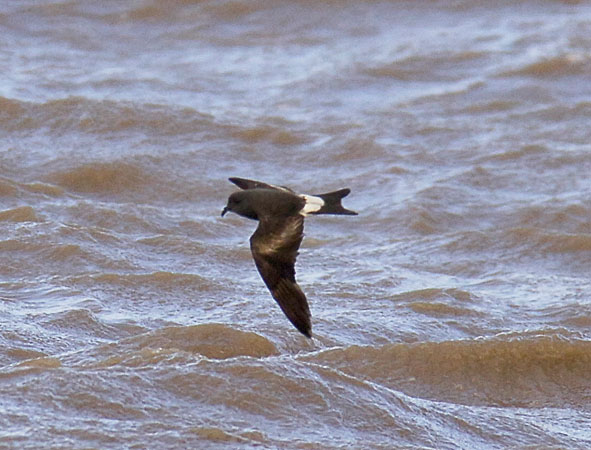December 2006
Ecuador and Galapagos, November-December 2006
Thumbnail galleries below - to return here click on the 'home' icon above the main image on the thumbnail sheet
We spent our first 2 days in Quito, including a trip to Otavalo, Cuicocha and Cotacachi.
| Quito | Otavalo | Andes birds |
|---|---|---|
 |
 |
 |
We arrived in Galapagos on 26 November, and were greeted by a land iguana and Darwin's finches at Baltra airport. The seabirds on the short crossing to Santa Cruz (Canal de Itabaca) were stunning. We spent the afternoon at the Charles Darwin Research Centre on Santa Cruz - a good spot to get familiar with the Darwin's finches, where they are especially abundant around the food kiosk.
That night we sailed to the southernmost and oldest of the islands, Espanola. We visited Punta Suarez in the morning, Gardner Bay in the afternoon.
We rolled, pitched and yawed to reach Floreana on 28 November. This is the first island that we visited where we stood in the footsteps of Charles Darwin, who was here 171 years ago. We disembarked at Punta Cormoran in the morning, Post Office bay and Mirador de la Baronesa in the afternoon.
The morning of 29 November saw us anchored off Seymour island, where the highlights included magnificent and great frigate birds, and swallow-tailed gulls.
| Frigate birds | Swallow-tailed gull | Seymour wildlife |
|---|---|---|
 |
 |
 |
While the boat was refuelling off Baltra, we visited Baltra beach which give some great opportunities to watch brown noddies feeding.
| Brown noddies | Baltra wildlife |
|---|---|
 |
 |
Final stops for the day were Venice and Dragon Hill, on the north coast of Santa Cruz.
| Dragon Hill wildlife | Dragon Hill landscapes |
|---|---|
 |
 |
We awoke on the morning of 30 November off Rabida. After a dingy ride along the shore we went for a short hike. In the afternoon we sailed to Santiago, and visited the fur seal colony near Egas Port.
| Rabida | Santiago wildlife | Santiago birds |
|---|---|---|
 |
 |
 |
On 1 December we awoke moored off Fernandina, the westernmost and youngest island in Galapagos, and arguably the most pristine tropical island in the world. We visited Espinosa Point. After lunch we reached the largest island, Isabela, moored at Tagus Cove, and walked above Darwin's Lake.
| Flightless cormorant, penguins | Fernandina landscapes, wildlife | Seabirds |
|---|---|---|
 |
 |
 |
 |
 |
On 2 December we arrived at the scenic island of Bartolome, and saw a spectacular volcanic landscape. We walked to the summit of the island, and then left for Santa Cruz, where we took a dingy ride into the mangoves at Black Turtle Cove on the north of the island.
| Bartolome landscapes | Bartolome wildlife | Black Turtle Cove |
|---|---|---|
 |
 |
 |
On our final day on Galapagos (December 3rd), we drove to a tortoise reserve in the Santa Cruz highlands, where the farmer is paid to protect the giant tortoises. The habitat was fairly trashed, but there were good numbers of tortoises present. After spending some time photographing Galapagos doves at Baltra airport (I was surprised how few of these we saw), we flew to Guayaquil on the Ecuador coast. We spent an afternoon birding along the Guayas River - the botanic gardens were especially good. The birds were very different from those in the Andean region around Quito. On the morning of 4th we took a 25 min taxi ride to the tropical dry forest reserve at Cerro Blanco, which was very impressive.
| Santa Cruz highlands | People photos |
|---|---|
 |
 |
 |
 |
A trip report is available in pdf format here
My only other local birding trips in December were to Chew Valley Lake: red-breasted merganser and adult Mediterranean gull on 16th, adult Mediterranean gull in roost on 28th.
On the morning of 7th December I went to see the storm-driven Leach's petrels at Severn Beach during high tide. There were at least 6 birds present. One flew along the shoreline and disappeared, presumably swept under a wave. Also present were 3 bonxies, a light-phase pomarine skua, and several kittiwakes. Leach's petrels have been reported from much of southern England, with large numbers around the Severn. There have been several reports of birds inland, and birds are frequently found struggling or dead. They have been driven away from the ocean by strong SW winds.





















